A 26" fat tire bike performs exceptionally well across all terrains by combining wide, 4-inch tires with durable frames and powerful motors to provide superior traction, stability, and comfort. Its large tire surface area absorbs shocks and prevents sinking on snow, sand, mud, and gravel, while the robust build and suspension systems ensure smooth handling on rough and uneven surfaces, making it versatile for urban streets, trails, and off-road adventures. What Are Affordable Electric Commuter Bikes With Long Battery Life?
How Do 26" Fat Tires Enhance Traction and Stability on Varied Terrains?
The 26" fat tires, typically 4 inches wide, increase the contact patch with the ground, distributing rider weight evenly and improving grip on loose or slippery surfaces like sand, snow, and mud. This enhanced traction reduces slipping and sinking, while the low tire pressure absorbs bumps and vibrations, improving stability and rider comfort across diverse terrain types.
Chart: Terrain Adaptability of 26" Fat Tires
| Terrain Type | Traction Benefit | Stability Benefit |
|---|---|---|
| Snow & Ice | Prevents slipping | Maintains balance |
| Sand & Loose Gravel | Prevents sinking | Smooths ride |
| Mud & Wet Trails | Improves grip | Absorbs shocks |
| Urban Pavement | Provides comfort | Enhances control |
What Frame and Suspension Features Support All-Terrain Performance?
Durable aluminum or steel frames designed for 26" fat tire bikes provide strength and rigidity to withstand rough terrain and rider weight up to 500 lbs. Many models include front suspension forks with 80-100mm travel to absorb shocks from rocks and roots, enhancing control and reducing rider fatigue. The frame geometry balances maneuverability and stability for confident handling on trails and city streets alike.
Which Motors and Batteries Optimize 26" Fat Tire Bikes for All Terrains?
Motors ranging from 500W to 1300W paired with 48V batteries (typically 12Ah to 20Ah) provide ample torque and power for climbing hills, accelerating quickly, and maintaining speeds up to 28 mph. Efficient battery management systems extend range up to 65 miles, allowing riders to tackle long rides on challenging terrain without frequent recharging.
How Do Braking Systems Affect Safety and Control on 26" Fat Tire Bikes?
Hydraulic disc brakes with 180mm rotors on both wheels deliver consistent, powerful stopping force essential for controlling heavy fat tire bikes on steep or slippery terrain. Their smooth modulation reduces hand fatigue and improves safety during sudden stops or technical descents, making them ideal for all-terrain riding.
Why Are 26" Fat Tire Bikes Suitable for Both Urban and Off-Road Use?
The 26" size strikes a balance between stability and maneuverability, making these bikes versatile for city commuting, trail riding, and off-road adventures. Their fat tires handle rough surfaces with ease while still offering responsive handling in urban environments. This adaptability allows riders to seamlessly transition between pavement and rugged terrain.
How Does TST EBike’s 26" Fat Tire Model Excel Across Terrains?
TST EBike’s 26" fat tire models feature 1300W rear hub motors, 48V 15Ah batteries, and puncture-resistant 4-inch wide tires designed for snow, sand, and mountain trails. Hydraulic disc brakes and front suspension forks enhance control and comfort. Their durable frames support riders up to 500 lbs, delivering reliable performance and long range for diverse riding conditions.
Buying Tips
When selecting a 26" fat tire bike for all terrains, consider:
- Tire width (4 inches or more) for traction and shock absorption.
- Motor power (750W to 1300W) and battery capacity (48V 15Ah+) for power and range.
- Hydraulic disc brakes for reliable stopping power.
- Suspension forks with adequate travel for comfort on rough trails.
- Frame material and weight capacity to suit your riding style.
- Test ride to assess handling and comfort on your typical terrain.
These tips ensure you choose a bike that performs well and lasts across various conditions.
TST EBike Expert Views
“TST EBike’s 26-inch fat tire bikes are engineered for versatility, combining wide tires, powerful motors, and durable frames to conquer snow, sand, and urban streets alike. Our models deliver stability, traction, and comfort, making them ideal for riders seeking dependable all-terrain performance without compromise.” – TST EBike Product Specialist
FAQ
Can a 26" fat tire bike handle snow and sand effectively?
Yes, the wide tires prevent sinking and slipping, providing excellent grip on both surfaces.
What motor power is recommended for all-terrain 26" fat tire bikes?
Motors between 750W and 1300W offer sufficient torque and speed for varied terrain.
Are hydraulic disc brakes necessary for 26" fat tire bikes?
They are highly recommended for consistent, powerful braking in all weather and terrain conditions.
How does suspension improve trail riding on fat tire bikes?
Suspension forks absorb shocks from uneven terrain, enhancing comfort and control.
A 26" fat tire bike combines wide tires, powerful motors, and robust components to deliver stable, comfortable, and versatile performance across snow, sand, mud, urban roads, and trails, making it an excellent choice for riders seeking all-terrain capability.

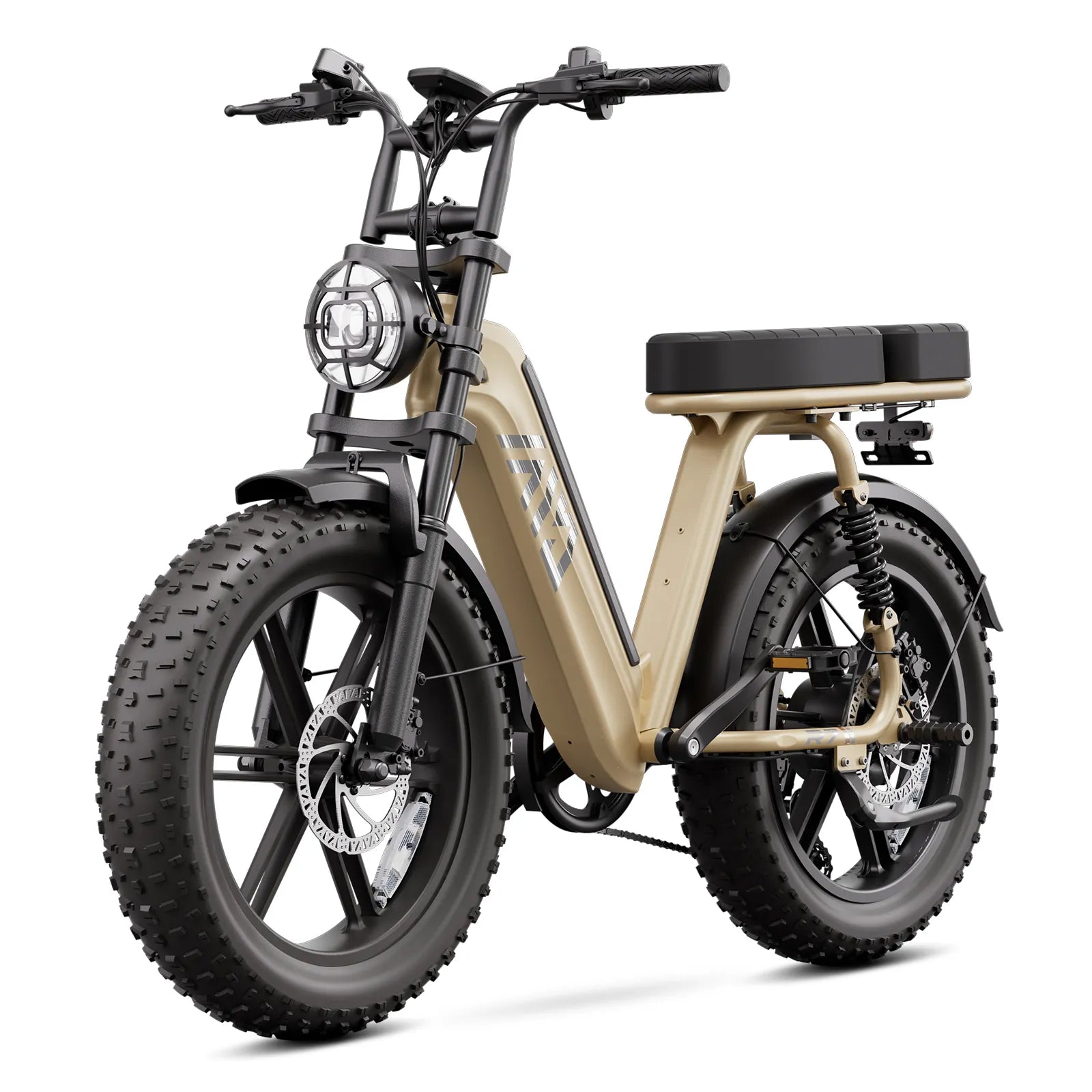
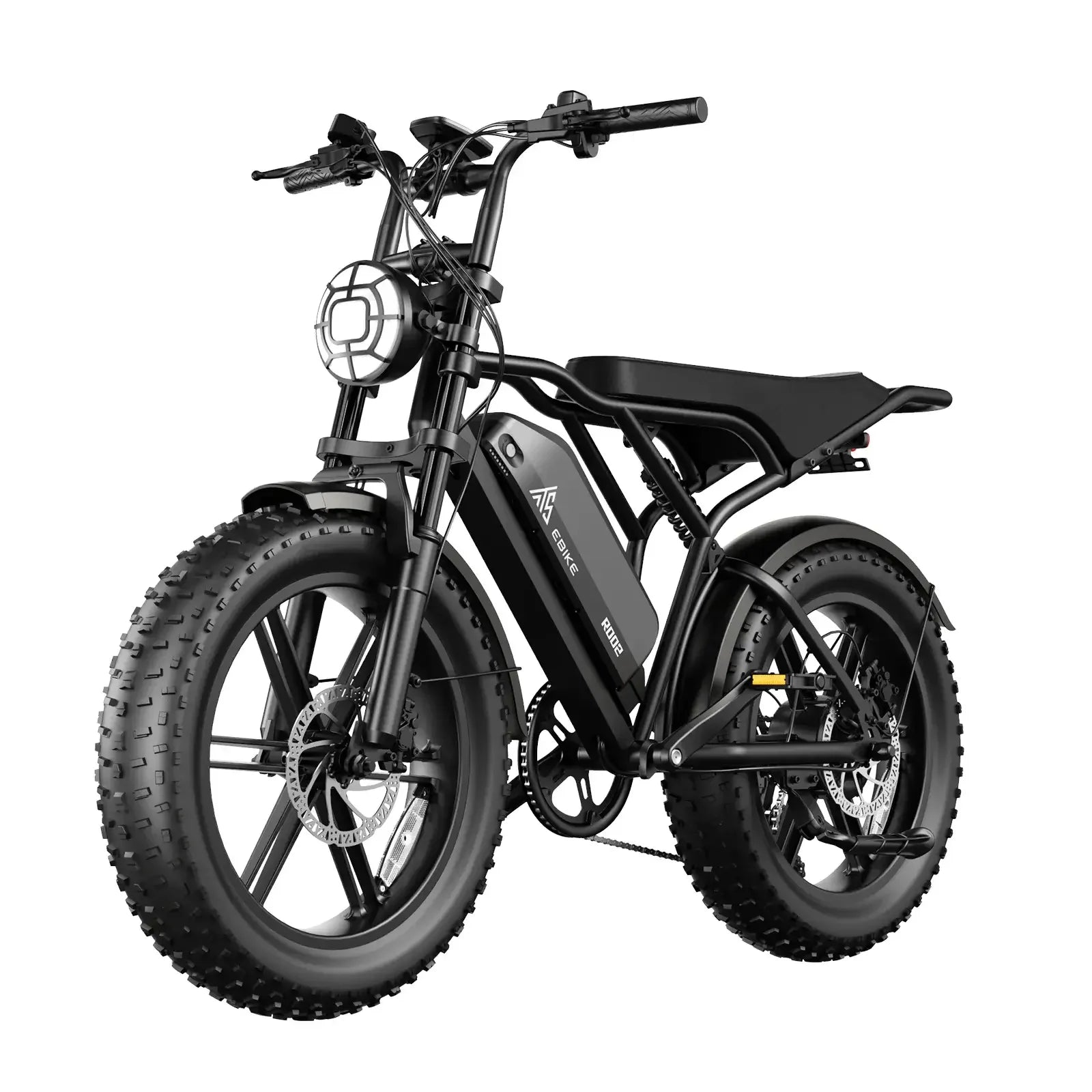

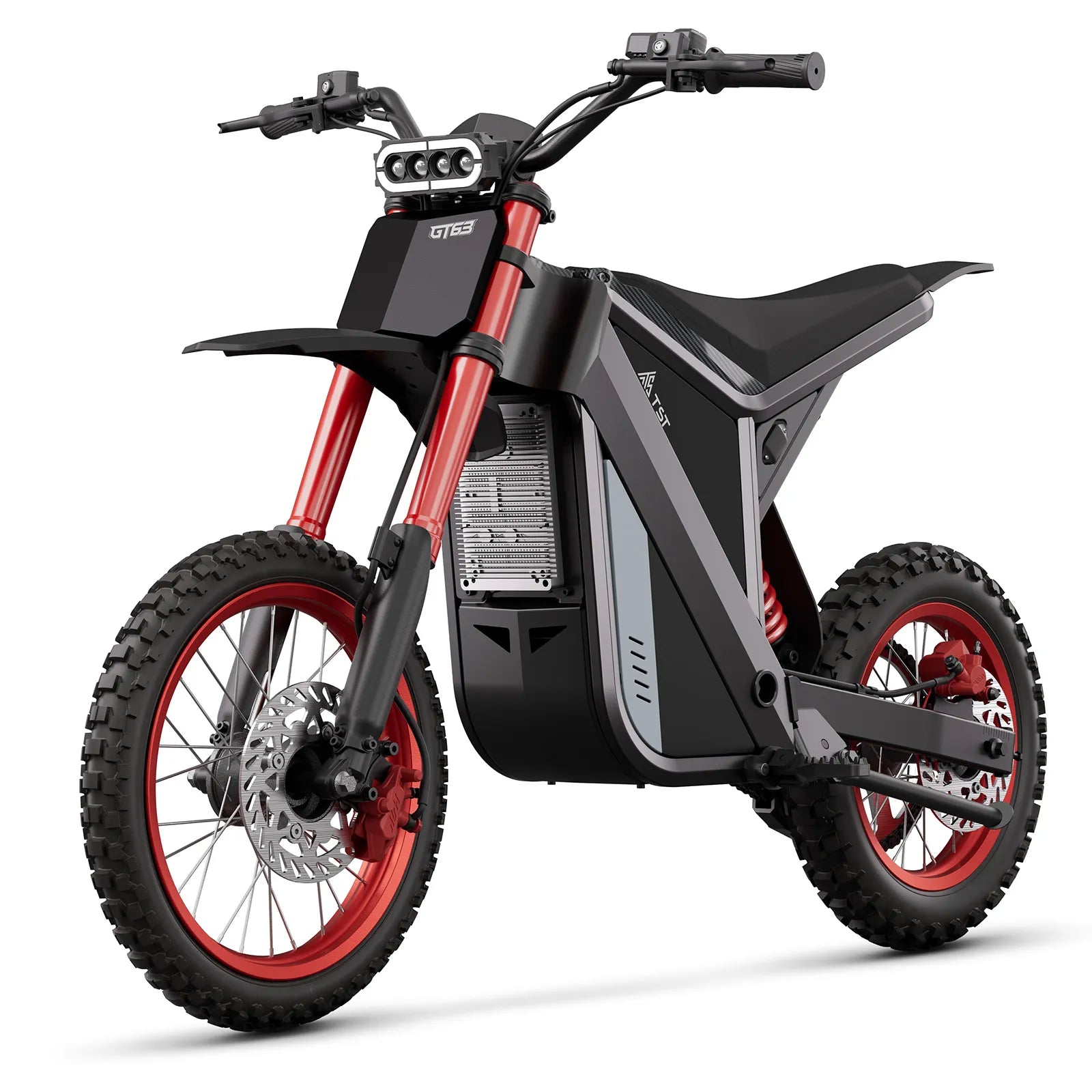
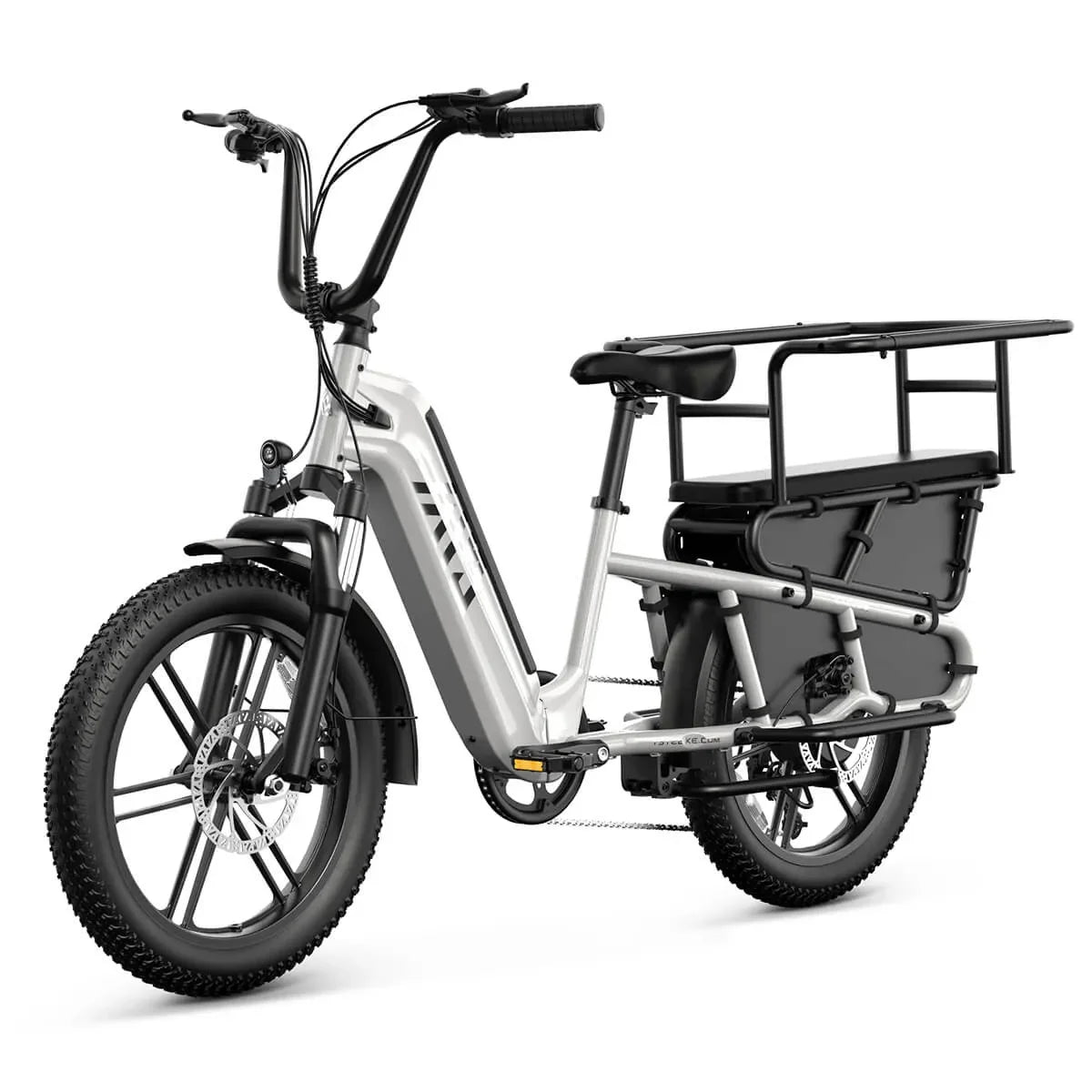
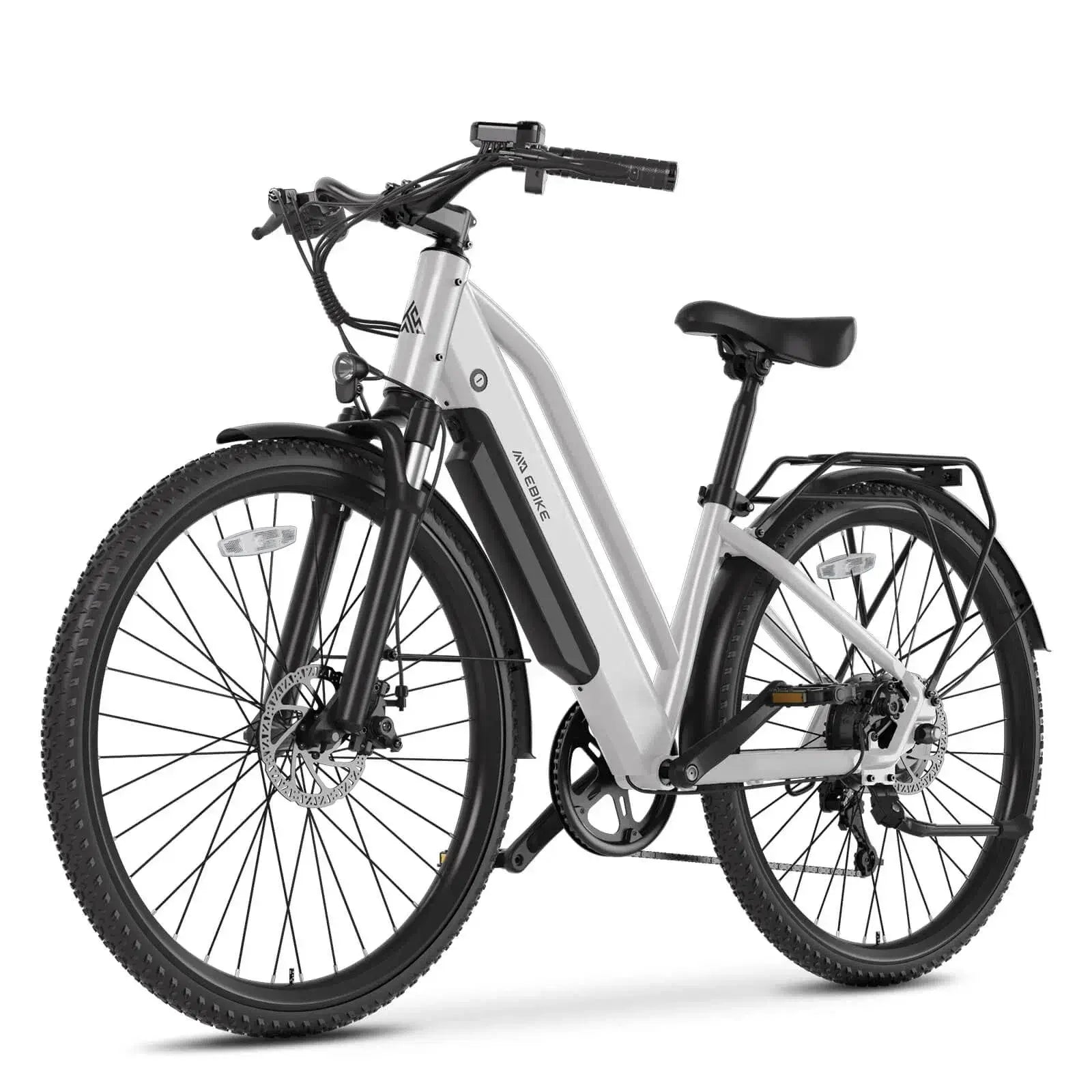
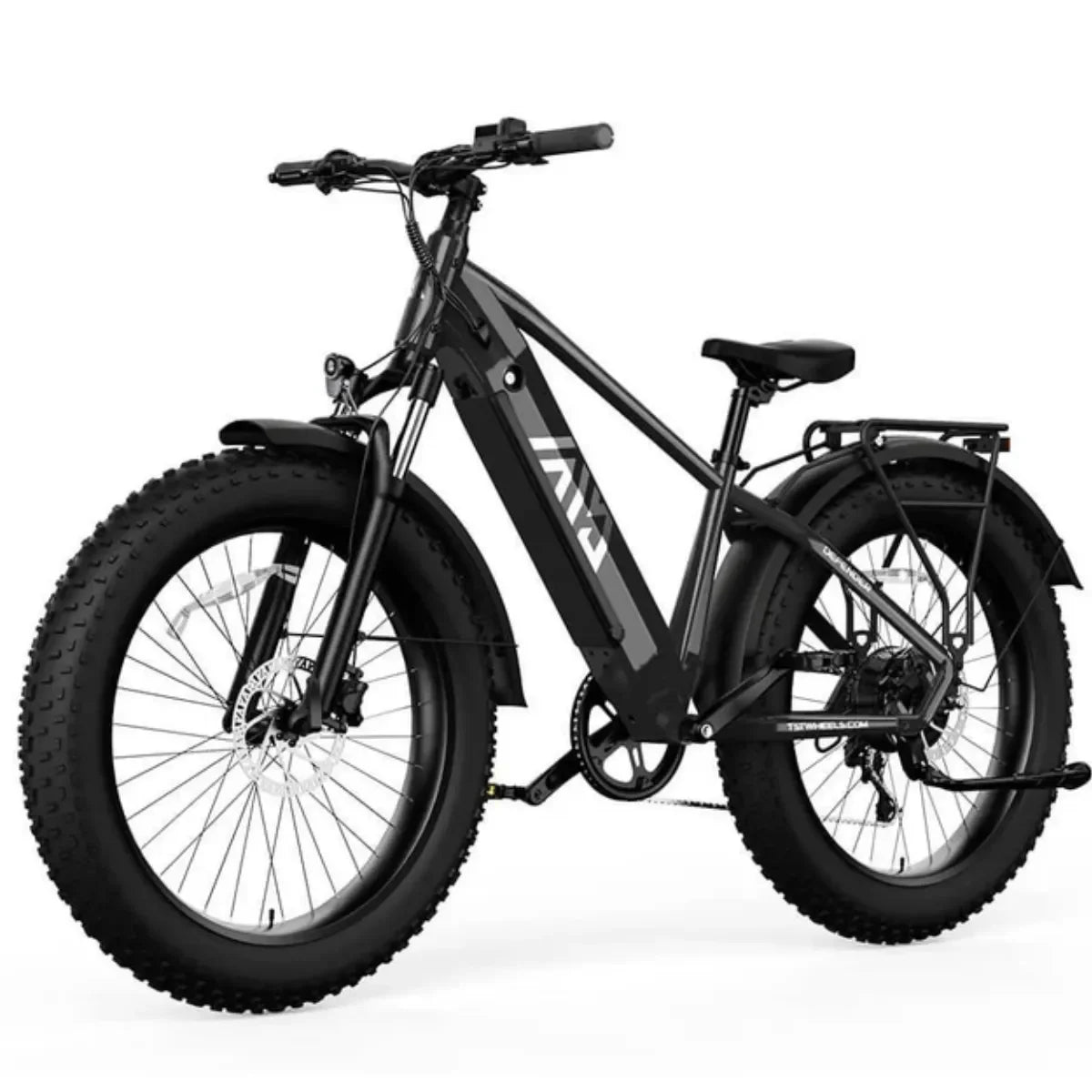
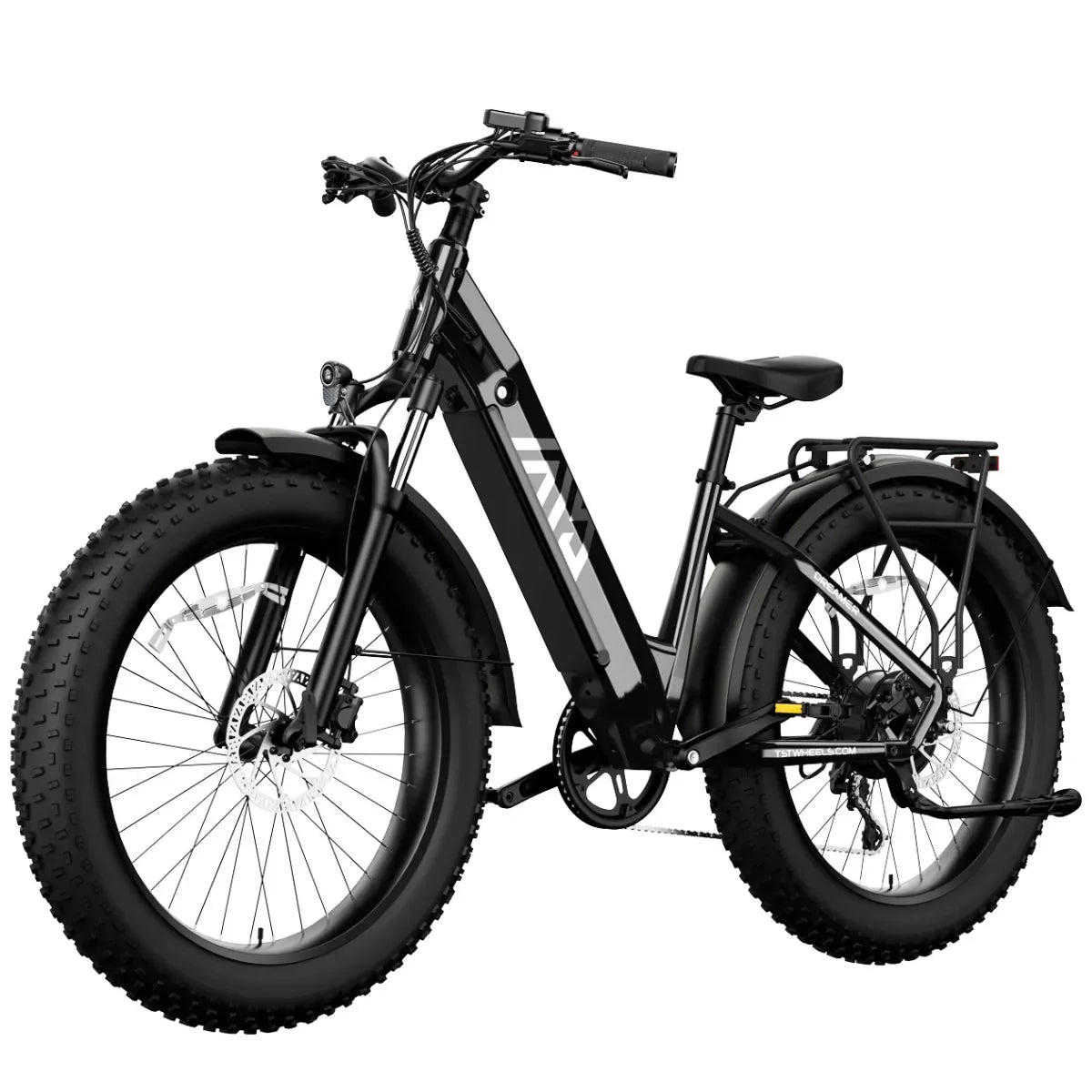

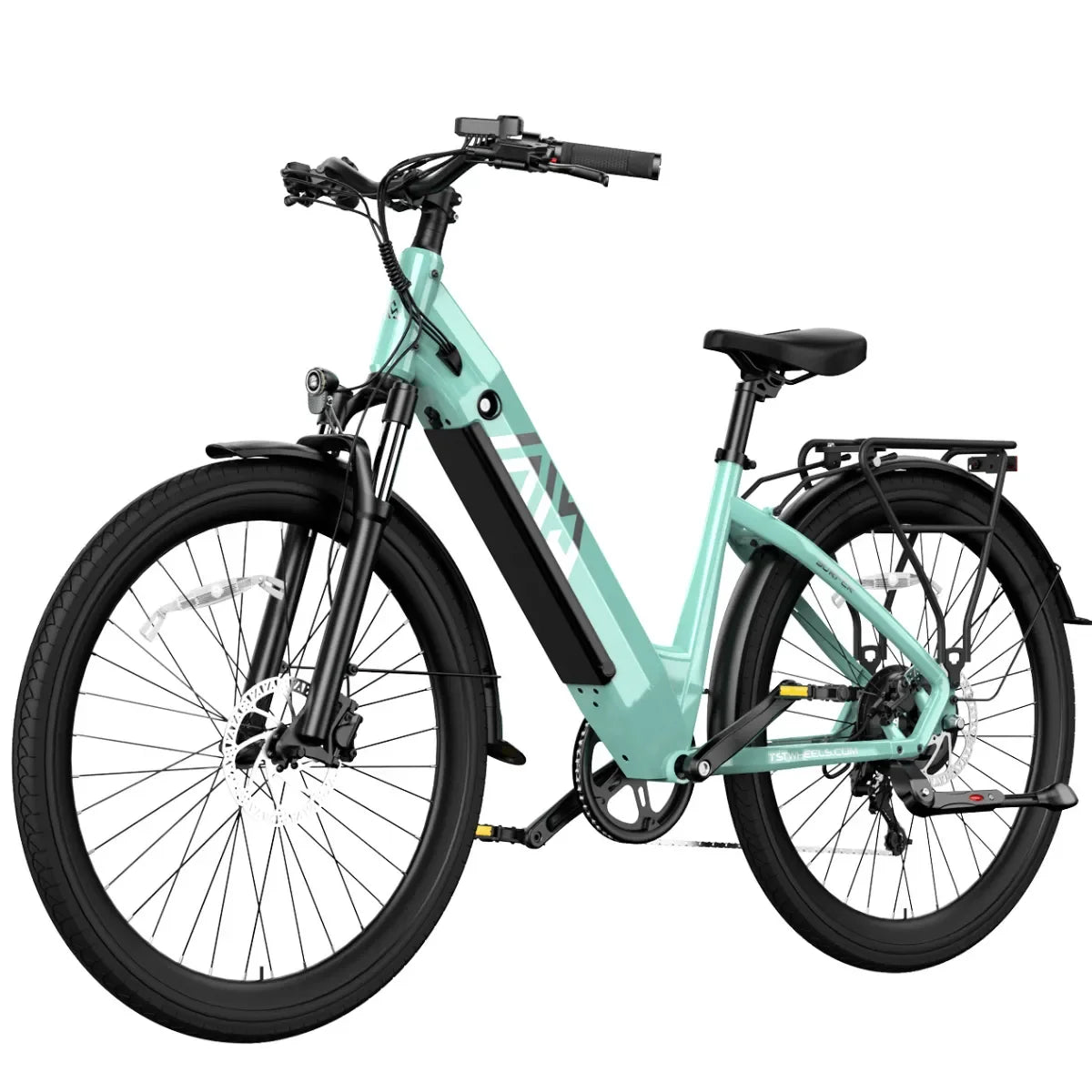
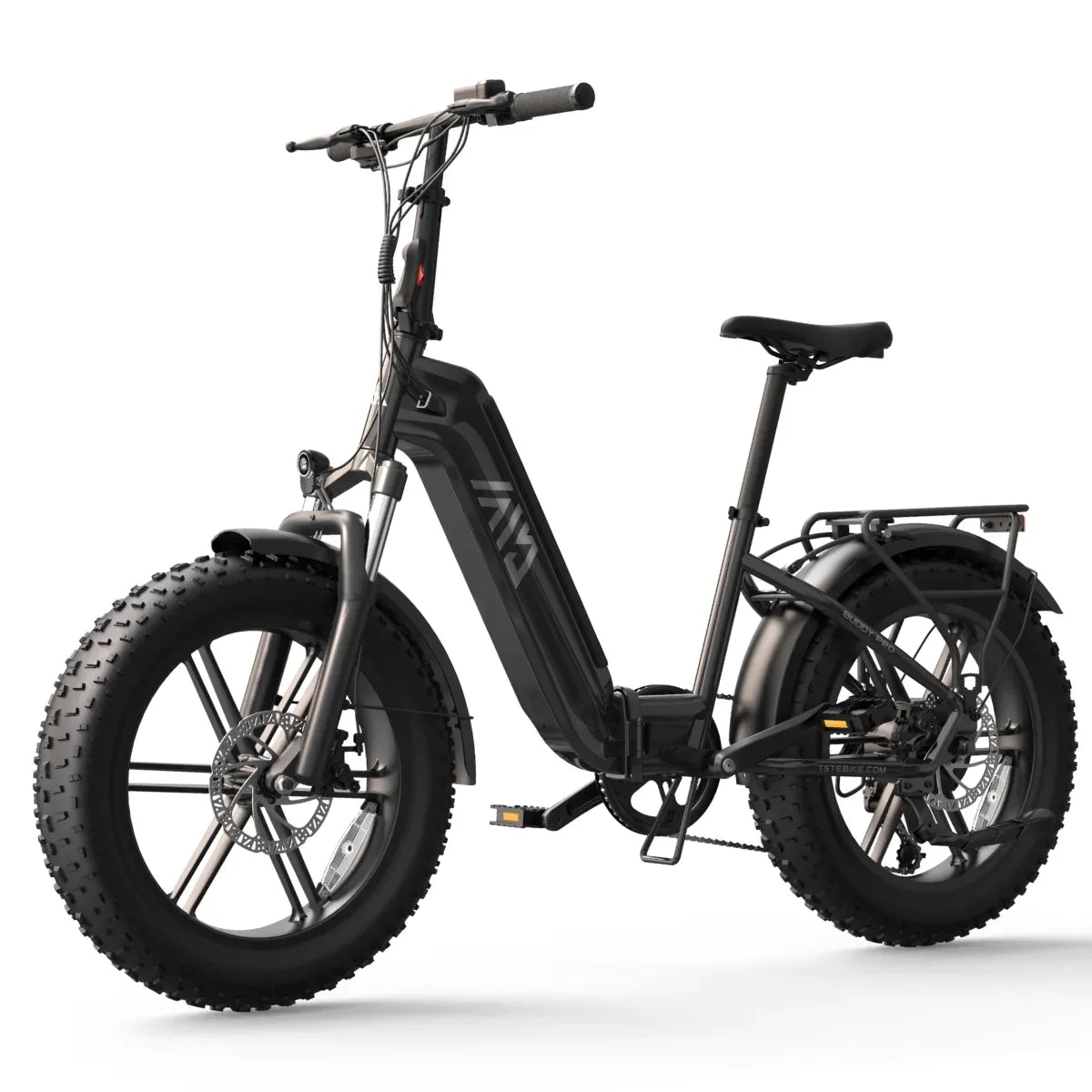
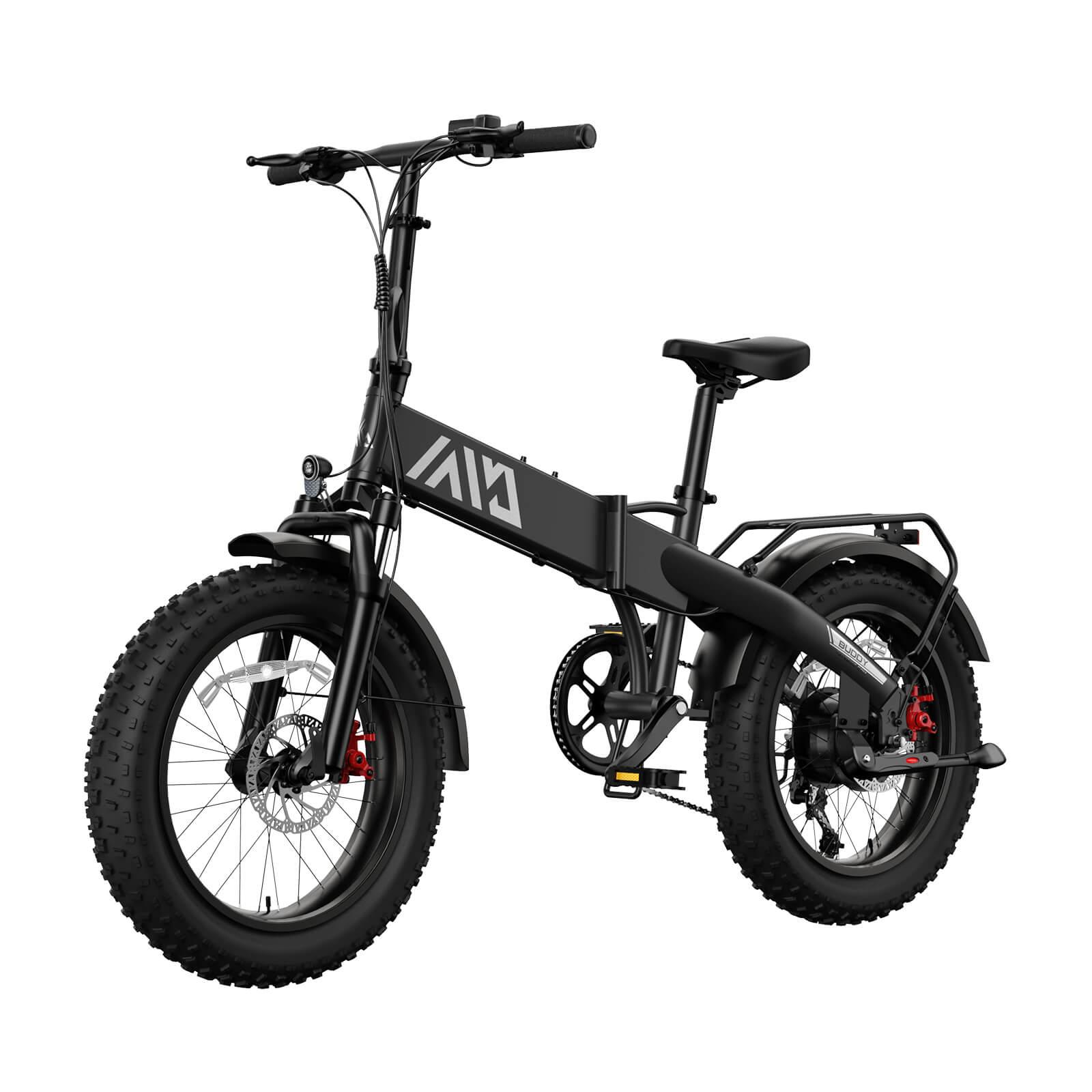
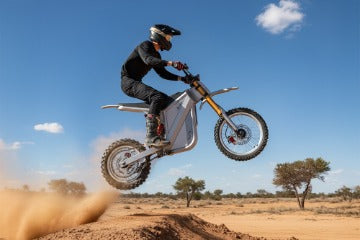
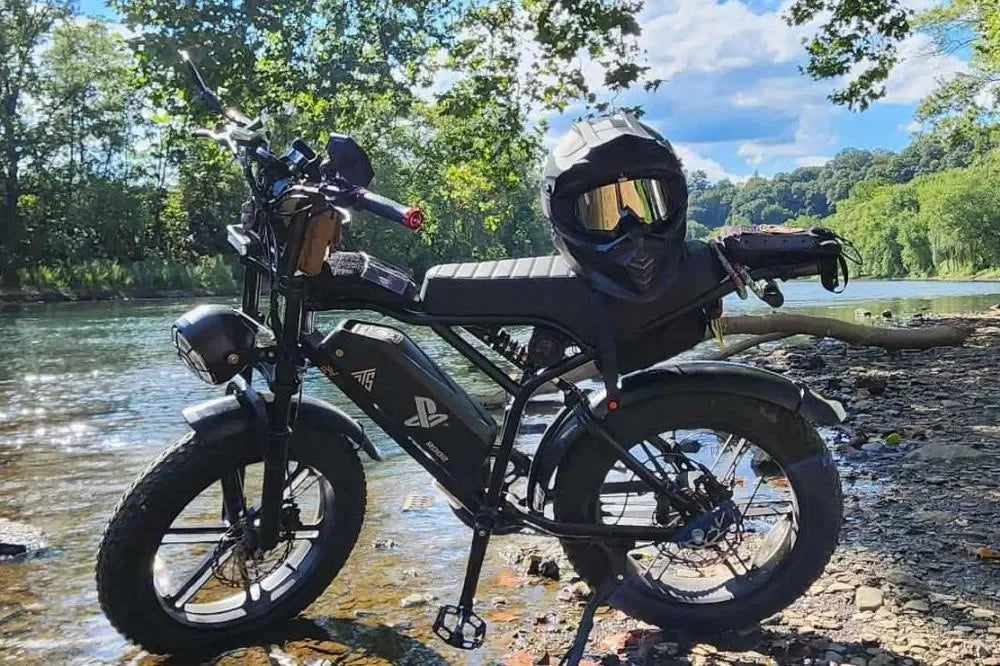
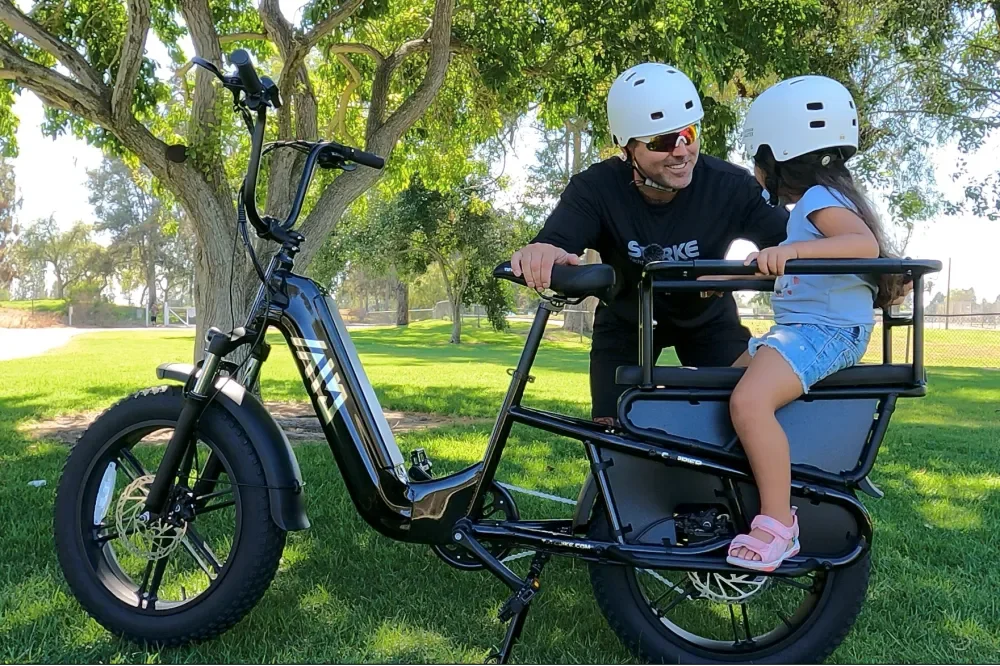
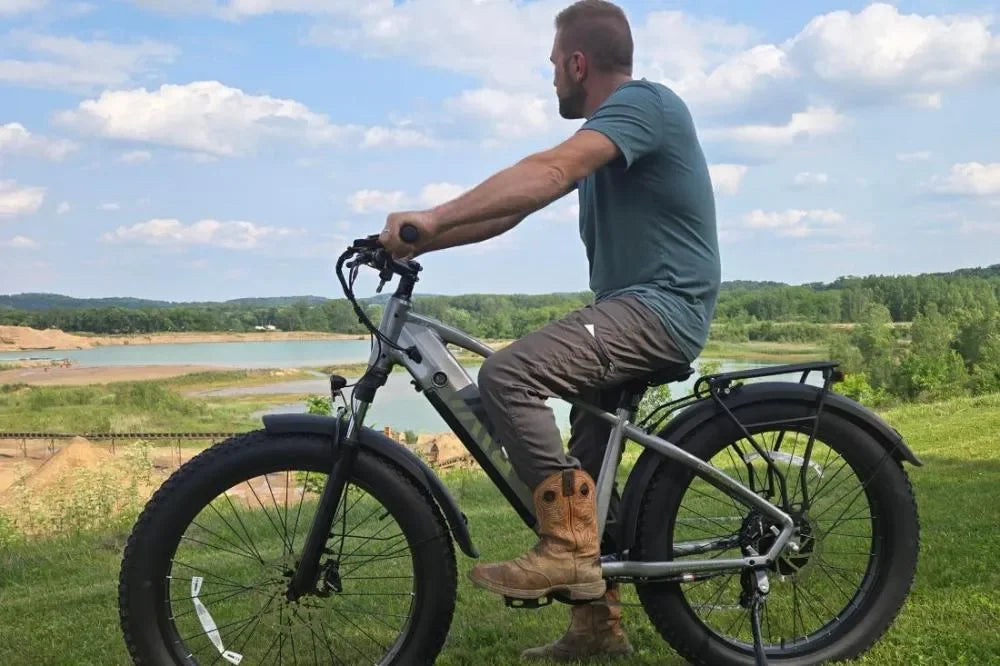
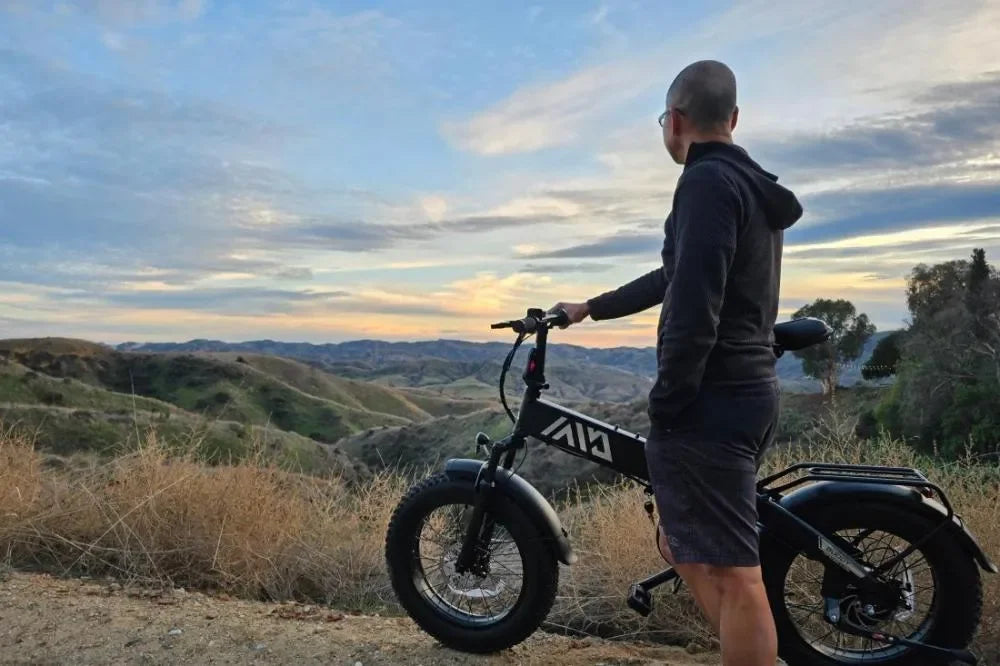
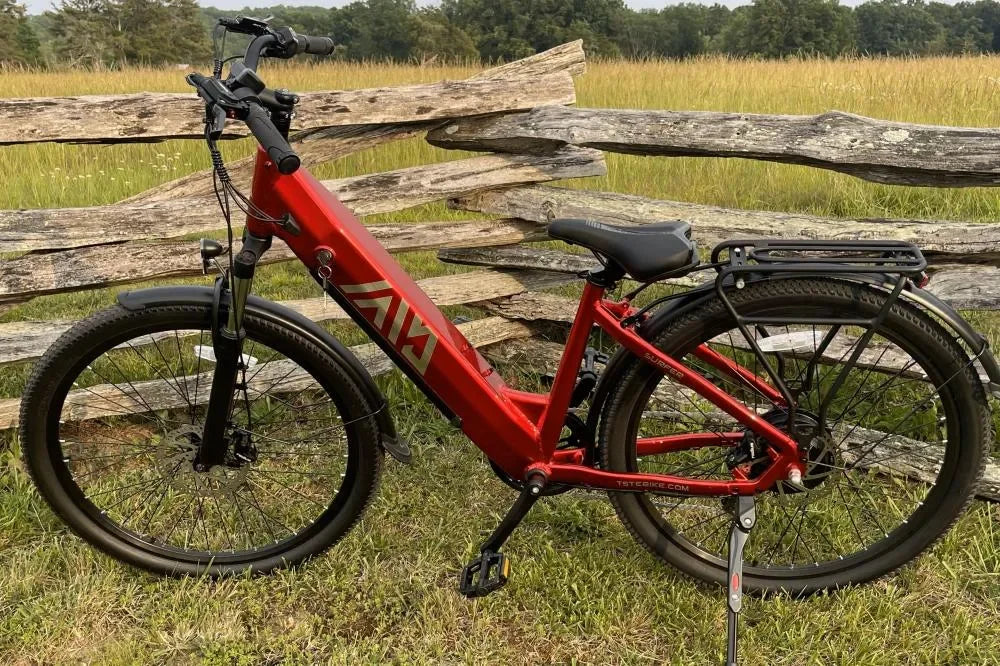
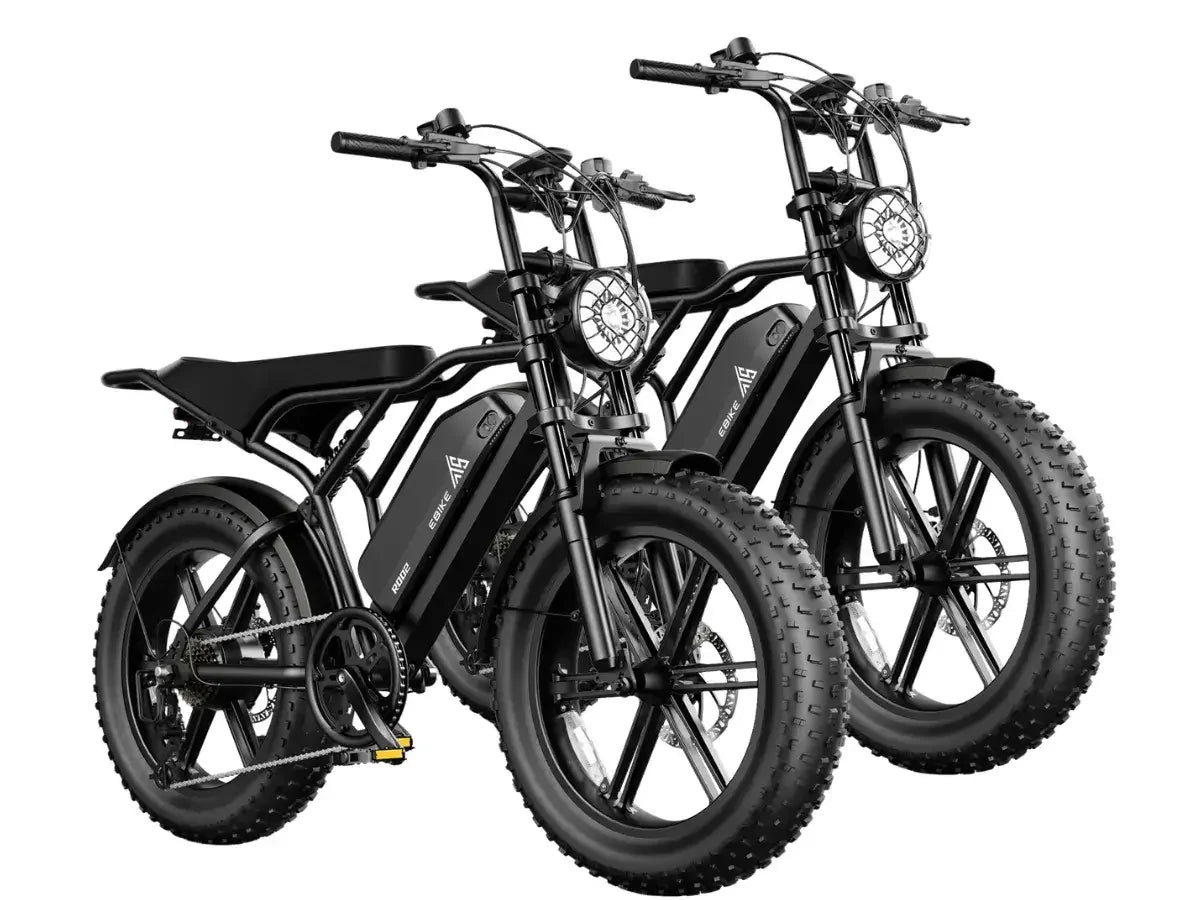
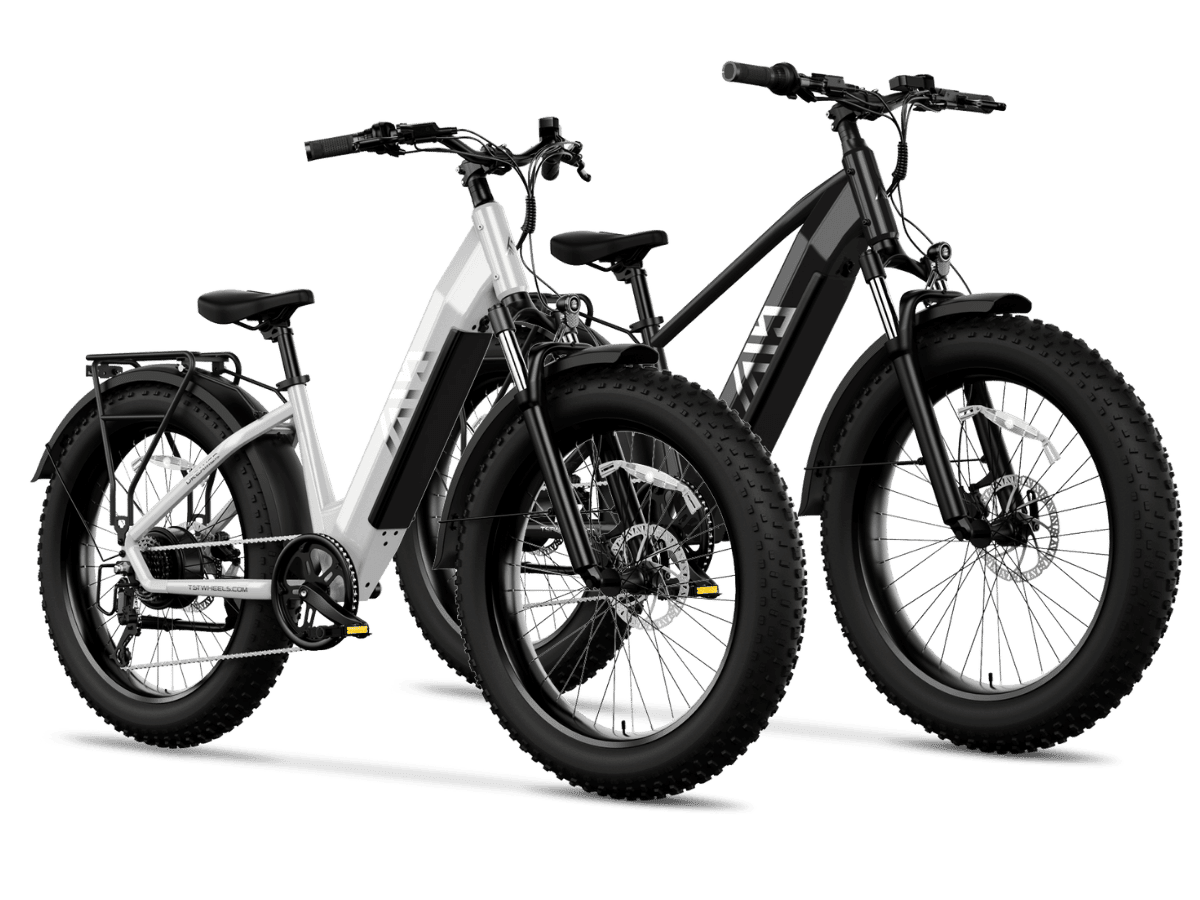
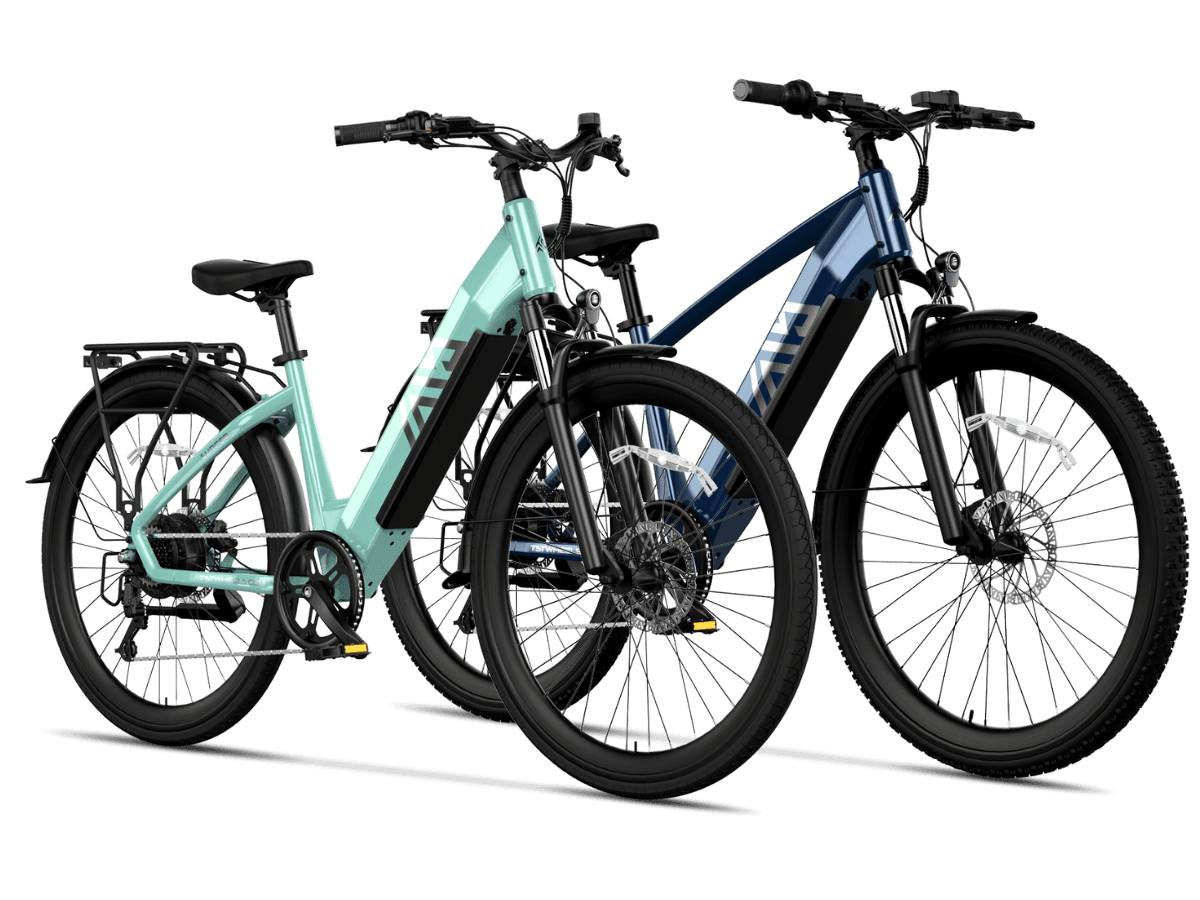
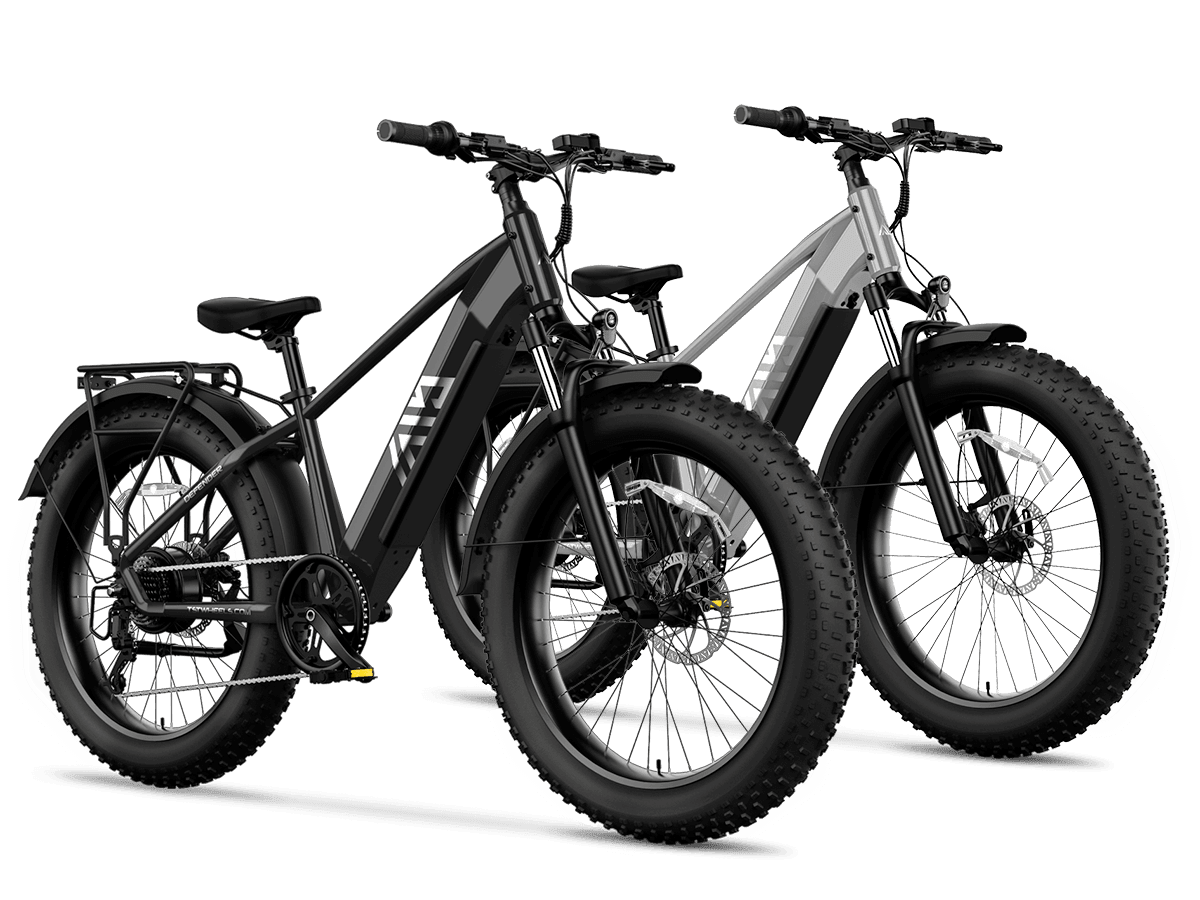
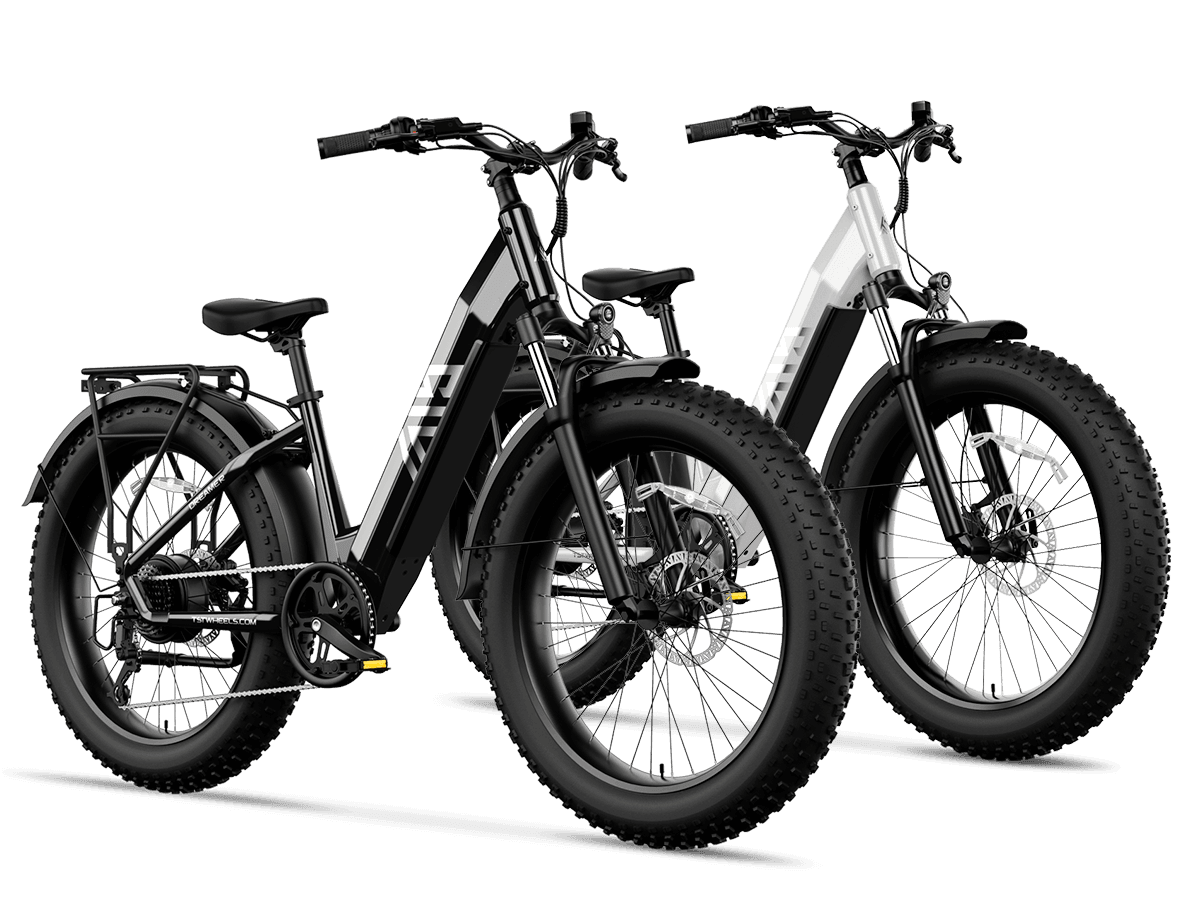
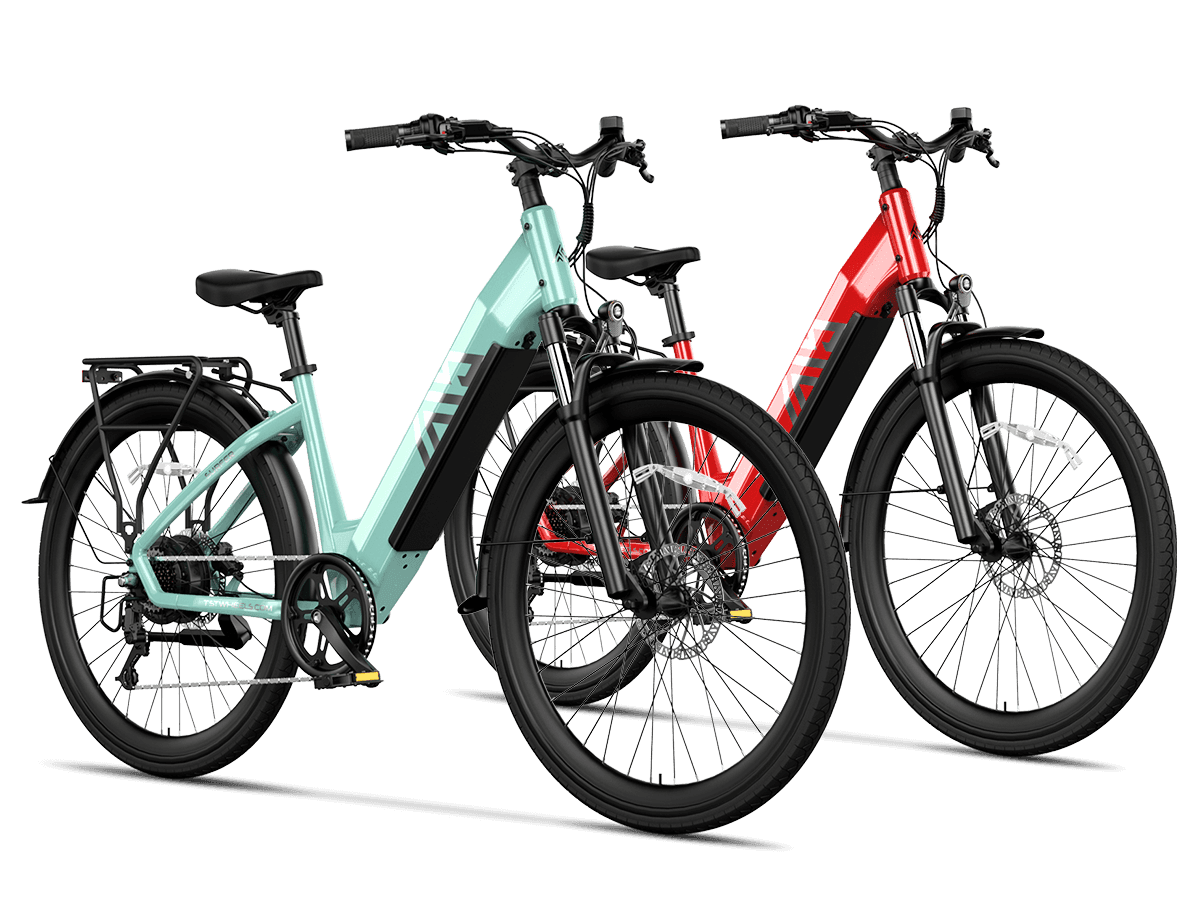
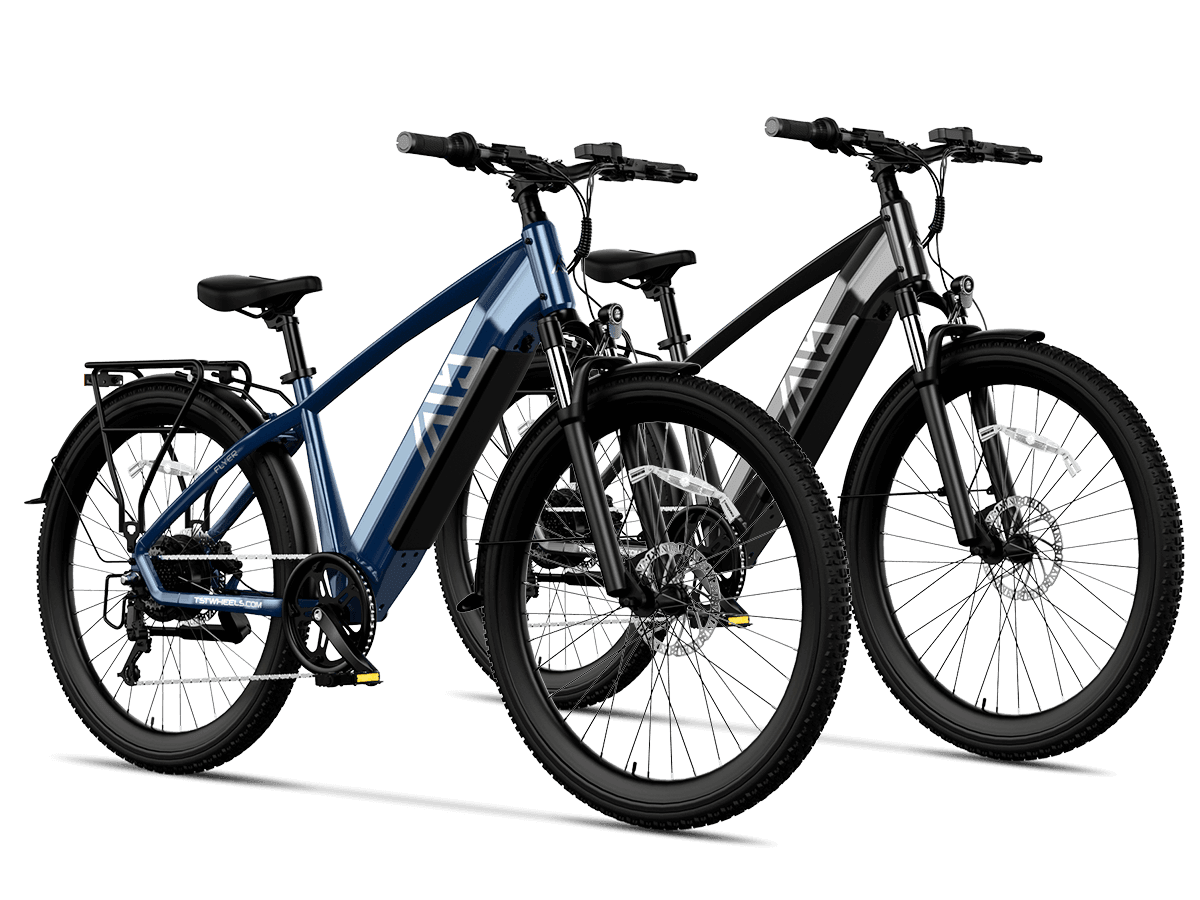
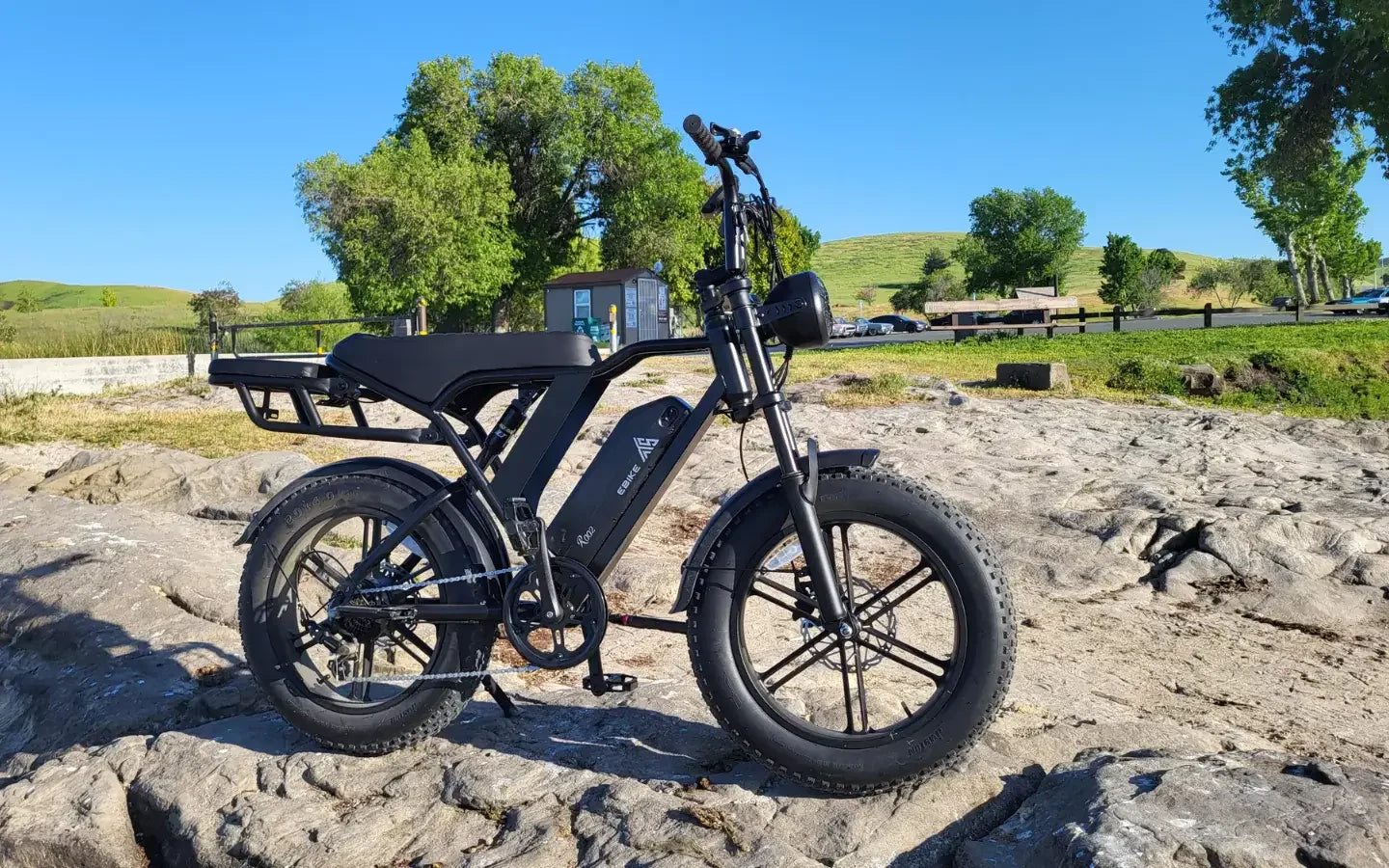
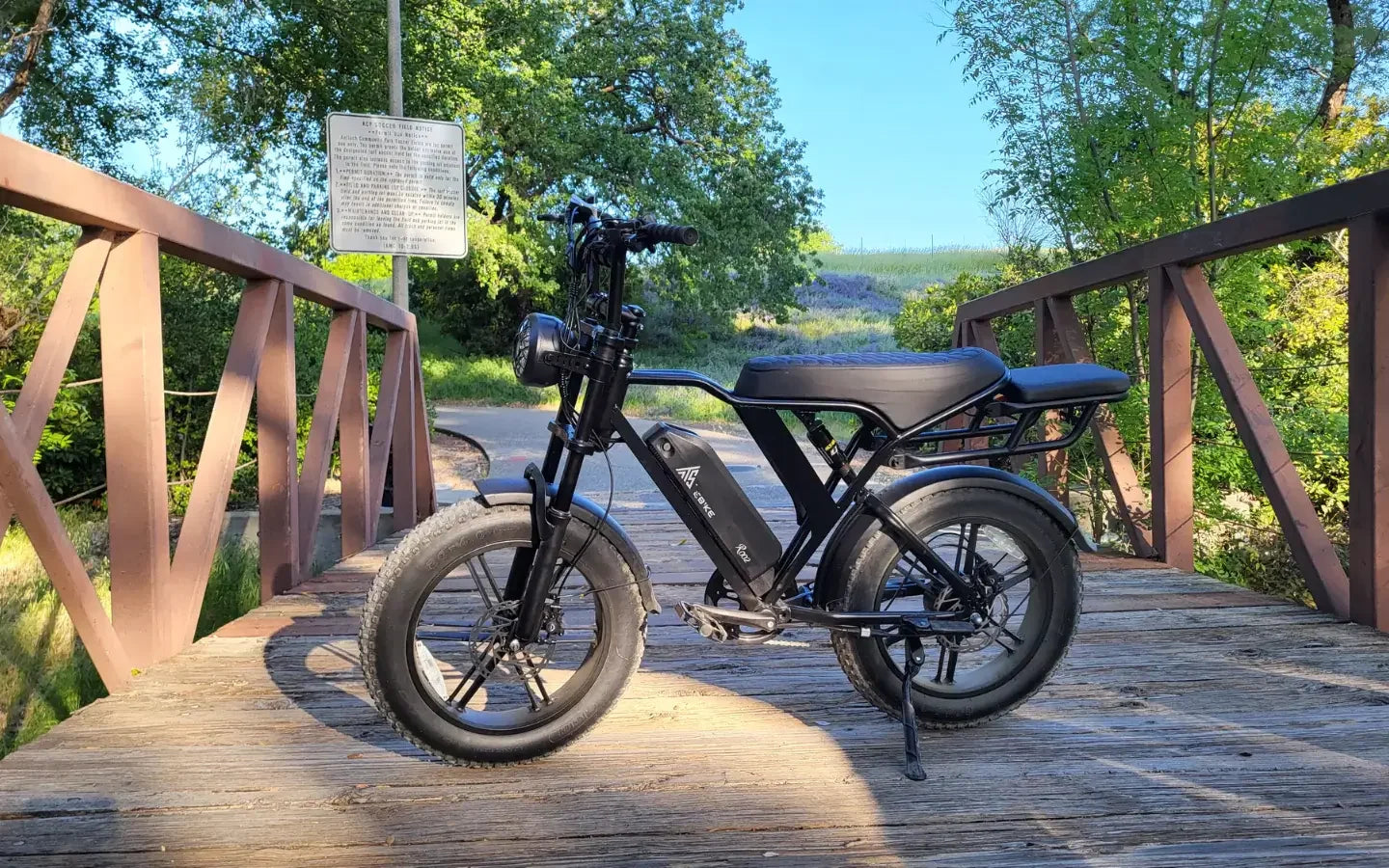
Leave a comment
This site is protected by hCaptcha and the hCaptcha Privacy Policy and Terms of Service apply.